|
Tony Orrico is very similar to Heather Hansen in many ways. They are both artists/dancers. Both produce symmetrical. And both are kinetic artists (an artist who uses their whole body in the process). Orrico is sometimes referred to as the "Human Spirograph" because his artworks resemble them. Like with Heather Hansen, we talked about symmetry again and how he's not only making symmetrical marks on both sides of his body, but his compositions as a whole are symmetrical. I like how sometimes Orrico also works on walls and not just the ground. I showed students several different techniques that were inspired by him: we kneeled for some, laid down for some, and stood against a wall for some of the drawings. When I did this at Consolidated, I also did it with my 3rd graders and encouraged my 2nd and 3rd graders to overlap each other's work to create a more intricate design.
0 Comments
So I had been looking at doing a project about Heather Hansen for a while but Don Masse over at shinebritezamorano.com beat me to the punch (his idea was cooler than mine though)! Heather Hansen is a kinetic artist which means that she moves around and involves her whole body in the art-making process. This is largely due to her background in not only art, but also in dance. Her work is very meditative and requires a lot of concentration and energy from her. Her work is also symmetrical. After discussing Heather Hansen and her symmetrical work with the kiddos, we got right to work! With one of my classes, I used a long sheet of black butcher paper so that everyone's work could fit on one huge banner. The class was split in two so that each person had a partner. One person would lead the activity. The leader would make symmetrical marks with each hand. This meant that students had to have a piece of chalk in each hand which threw them off a little at first. As the leader moved their hands symmetrically across the paper, their partner, who was sitting across from them, mirrored their movements. This created a bi-lateral symmetry. With another class, we went outside and made the drawings on sidewalk, layering colors on top of each other. This was another project inspired by Don Masse over at shinebritezamorano.com
A while back I wrote up part uno to our Invader unit that we had been working on. It was a loooong project for the kids but Invader seems to be their favorite artist they have learned about this year. They had spent lots of time practicing drawing space invaders and then creating one as a paper mosaic. After creating their paper mosaic, they FINALLY got to move onto the final stage of the project. I created large square tiles for each student. I definitely need to either teach the kids how to roll slabs next time or buy a slab roller. Throwing 100-ish slab tiles took FOREVERRRRRR! Students used square legos to gently press into the clay. This left small square indents that represented each pixel of their space invader. We talked about how pressing the lego into clay created a different feeling on the clay. This is called texture. Next time I do this project, I need to find a better way to fire these. This time, I gently stacked 3-4 tiles on top of each other. Because some of them warped as they were drying, when the tiles were stacked up, the weight cracked about ten of them. It wasn't a huge deal. I patched them up with some hot glue and the kids took it in stride. After being fired, we used crayons to color our space invader. Then we used tempera cakes to paint over the space invader and the background. We talked about how we wanted our space invader to really pop out from the background. We learned that we could use to dissimilar colors to create contrast. Mark Rothko is one of my favorite painters! I had a class of 1st and 2nd graders who were a day ahead of the rest so they both got to do a quick one-day project on him so that the others could catch up. Rothko liked to make really large paintings. He wanted people to stand close to his paintings so that the only thing they could see was his painting. He believed that he could use colors and their interactions with each other to make people feel different emotions. Students hadn't used chalk in awhile so I thought this would be a good opportunity for them to use it. Students were asked to draw two or three large squares or rectangles on the center of their paper. They could leave a little bit of space between each shape or they could have each square or rectangle touch each other. I encouraged them to blend two different colors together for each shape. I didn't tell them which colors to mix together, but encouraged them to think about their knowledge of color theory. Lastly, they filled in the borders around their shapes.
This has been a long project for second grade so I am going to break it down into two blog posts, the second of which I will post next week. 2nd grade has been learning about the French street artist, Invader. Invader is an anonymous artist who uses small bathroom tiles to create mosaics of 8-bit video game characters. He is named after the old arcade game Space Invaders and is most well-known for portraying these in his street art. However, he has moved on to incorporate other video game characters such as Mario and Pac-Man. He likes to display his "invasions" in busy areas of cities due to their high traffic. He believes that everyone should be able to enjoy art, not just people who can afford to go to museums and galleries. I wanna be sure to stress, like our Keith Haring project, I did not condone street art. While I love it, I made sure to point out to students that this form of art is illegal and they would get in a lot of trouble if they tried it.
The first day and a half was spent looking at characters from the Space Invaders. We talked about how all the characters are symmetrical and made up of pixels (or small squares). We used gridded paper to re-create Space Invader characters. I wanted them to have a good understanding of how the Space Invaders were symmetrical before moving on to making their own. After a couple classes of re-creating old space invaders, students finally had the opportunity to create several of their own. My requirements were that it had to have an eye, be symmetrical, and it had to be 8 pixels high and 8 pixels wide. These requirements were to help the students with keeping their invader symmetrical. After a few days of gridded drawings of invaders, we chose our favorite invader that we had created and made a paper mosaic out of it. Throughout the project, we had discussed what a mosaic was. I used a die-cutter to create the squares for the paper mosaics so all of the colors are the same. This part of the project was done more so as a way to show me that they were ready to move on to the final stage of the unit: creating a clay invader. But we will save that for the next blog post! |
Devon CalvertHarmony and Consolidated Elementary Art Teacher in Milton, WI. UW-Eau Claire graduate. WAEA President. Apple Teacher. Archives
March 2019
Categories
All
|
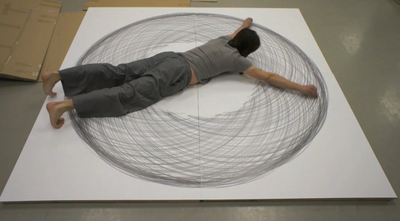








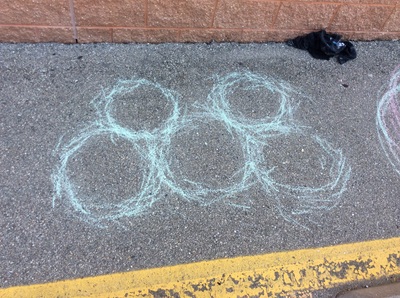








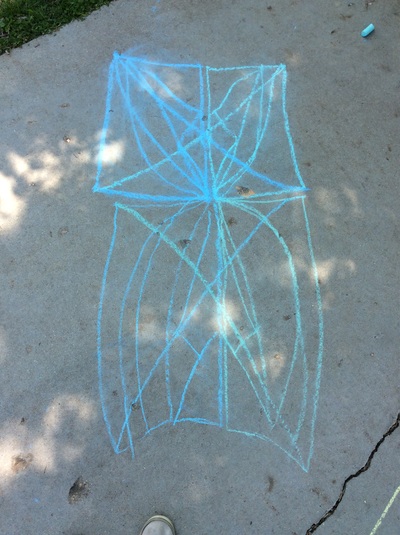










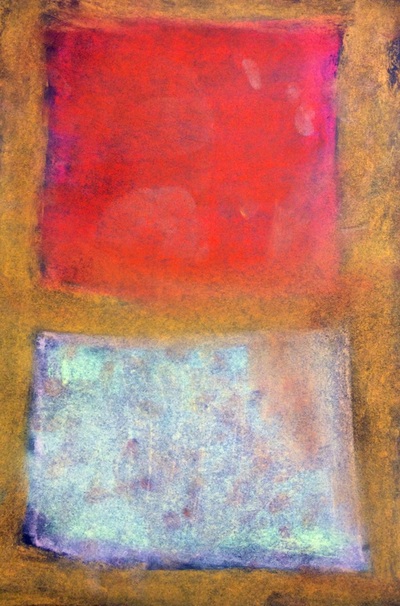





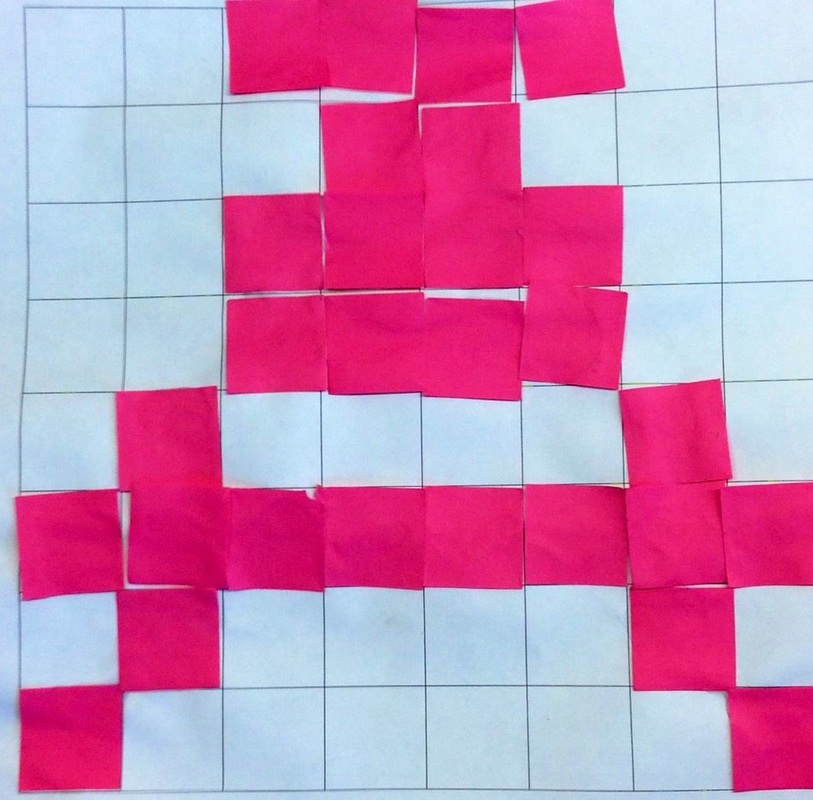


 RSS Feed
RSS Feed
